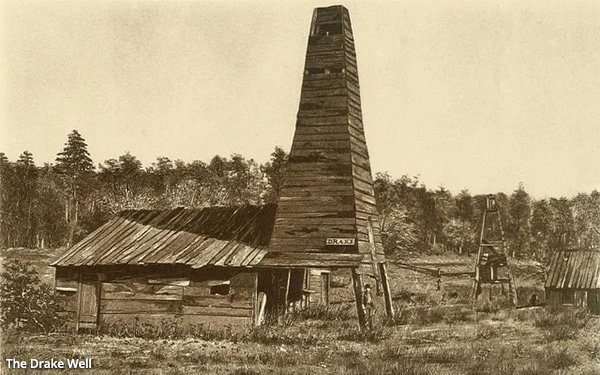
Considering that 60% of Americans, according to The Guardian, already blame the oil and gas industry for global warming, is it
any wonder the industry has spent more than $3.6 billion over the past 30 years trying to gussy up its image on TV?
Who can forget, for example, ExxonMobil's “We are drivers too” campaign of 2001, which reassured us that a company
with a net worth of $368 billion and the rest of us are in this together?
It's the “too” that made it art, n’est-ce pas?
Of course, if big oil and gas wants to dispel
the notion it’s a loose affiliation of manipulating, rapacious goons out to besmirch the planet for profit, it would be helpful if its senior executives would shut up.
advertisement
advertisement
Last year, a
lobbyist for ExxonMobil, Keith McCoy, said the quiet parts out loud.
“Did we
aggressively fight against some of the science?” McCoy responded to a question he thought was coming from a job recruiter (the interview was actually part of a Greenpeace investigation). "Yes.
Did we join some shadow groups to work against some of the early efforts? Yes, that's true. But there's nothing illegal about that. We were looking out for our investments.”
As you can
imagine, the shale hit the fan.
ExxonMobile issued a statement that McCoy was not involved in developing company policy.
“Comments made by the individual in no way represent the
company's position on a variety of issues, including climate policy and our firm commitment that carbon pricing is important to addressing climate change.”
Of course not.
Many in the industry these days see themselves as estranged ex-husbands who are still required to support the household, although their spouses threw them out of the house.
They have a
point.
According to the Energy Information Association, global energy consumption will increase nearly 50% over the next 30
years, and while renewable energy sources — which include solar and wind — will grow to nearly the same level, petroleum and other liquid fuels will remain the world's largest
energy source.
“You tree huggers, knock it off back there, or we’ll turn this country around.”
In an attempt, then, to underscore its selfless and noble work on
behalf of American consumers — something the industry has been doing since Edwin L. Drake drilled the first well in Titusville, Pennsylvania in 1859 — the American Petroleum Institute and
the American Gas Association recently spent almost $10 million on Facebook for ads to promote what it called, apparently
with a straight face, “Energy literacy advocacy.”
Its purpose was twofold — to question the efficacy, progress, and promise of renewable sources of energy, and to lobby
legislators and the public against the president's $3.5 trillion reconciliation bill, which included curbs on methane emissions.
The ads were viewed 431 million times. The bill never
became law.
The industry is now grappling with not only how to sell itself as a kinder, gentler behemoth, but even if it even wants to acknowledge an energy future of which it will just be a
part.
According to Morning Consult, from June to August in 2021, Chevron's television ads
focused on some aspect of sustainability 80% of the time, while BP, Shell, and ExxonMobil barely mentioned it. Meanwhile, the top 28 energy producers worldwide made $100 billion in combined
profits . . . in just the first three months of 2022.
It will take a lot more gussying to overcome that.